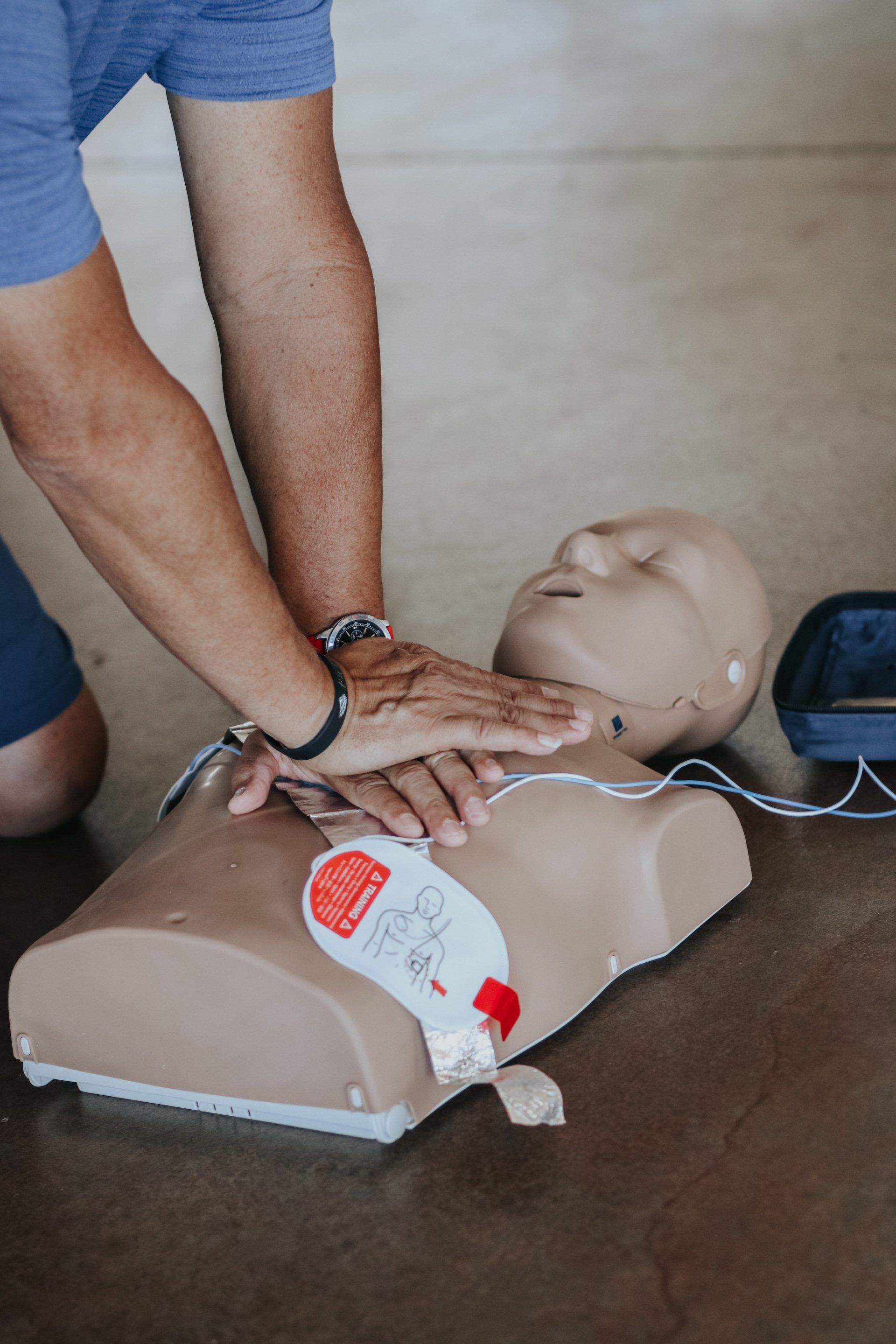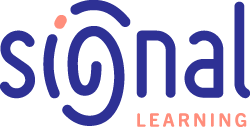By Signal Learning
•
December 19, 2023
Public safety personnel, including police officers, firefighters, and emergency medical services (EMS) professionals, play a crucial role in maintaining the well-being of our communities. However, the demanding nature of their jobs often takes a toll on their physical and mental health, leading to increased sick time and decreased overall efficiency. In this blog post, we will explore the importance of creating a culture of wellness and self-care within public safety organizations, and how it can significantly contribute to reducing sick time among these essential personnel. The Unique Challenges of Public Safety Work Public safety personnel face a myriad of challenges on a daily basis, ranging from high-stress situations and long working hours to exposure to traumatic events. The cumulative impact of these challenges can result in physical and mental health issues, leading to an increase in sick time and decreased job satisfaction. The Toll on Physical Health The physically demanding nature of public safety work can lead to a range of health issues, including musculoskeletal injuries, cardiovascular problems, and fatigue-related conditions. Regular exposure to high-stress situations and the necessity to be constantly alert can contribute to the development of chronic health conditions, making public safety personnel more susceptible to sick leave. The Impact on Mental Health In addition to physical challenges, public safety personnel often face significant mental health stressors. The exposure to traumatic events, constant pressure, and the need to make quick decisions in life-or-death situations can contribute to the development of anxiety, depression, and post-traumatic stress disorder (PTSD). Mental health issues can lead to increased sick time as personnel struggle to cope with the emotional toll of their work. Creating a Culture of Wellness To address the challenges faced by public safety personnel and reduce sick time, organizations must prioritize the development of a culture of wellness. This involves fostering an environment that supports physical and mental well-being, encourages self-care, and provides resources for personnel to maintain a healthy work-life balance. Educating and Training Personnel Organizations should invest in training programs that educate public safety personnel about the importance of wellness and self-care. This includes providing information on nutrition, exercise, stress management, and mental health awareness. By equipping personnel with the knowledge and tools to prioritize their well-being, organizations can empower them to make healthier choices in their daily lives. Implementing Wellness Programs Establishing wellness programs within public safety organizations can be a game-changer. These programs can include fitness classes, mental health workshops, and initiatives that promote a healthy lifestyle. Providing on-site fitness facilities, counseling services, and wellness resources can encourage personnel to take proactive steps in maintaining their health. Encouraging Work-Life Balance Public safety personnel often work irregular hours, making it challenging to maintain a healthy work-life balance. Organizations should implement policies that prioritize adequate rest periods between shifts and encourage time off to recharge. Recognizing the importance of downtime can contribute to reduced stress and burnout, ultimately decreasing sick time. Destigmatizing Mental Health Addressing mental health concerns is crucial in creating a culture of wellness. Public safety organizations should actively work to destigmatize mental health issues, encouraging personnel to seek help when needed. Providing access to confidential counseling services and creating a supportive environment where individuals feel comfortable discussing their mental health challenges can contribute to a healthier workforce. Leadership Support and Role Modeling Leadership plays a pivotal role in shaping organizational culture. Leaders within public safety organizations should actively support and promote wellness initiatives. By participating in wellness programs themselves and openly discussing the importance of self-care, leaders can set a positive example for their teams, fostering a culture where well-being is prioritized. The Benefits of a Wellness-Centric Culture Implementing a culture of wellness within public safety organizations can yield numerous benefits, with a significant impact on reducing sick time among personnel. Improved Physical Health A focus on wellness promotes healthier lifestyle choices, leading to improved physical health among public safety personnel. Regular exercise, proper nutrition, and adequate rest contribute to increased immunity and resilience, reducing the likelihood of illnesses that may result in sick leave. Enhanced Mental Resilience Wellness initiatives that address mental health can enhance the mental resilience of public safety personnel. By providing coping mechanisms, stress reduction techniques, and access to mental health resources, organizations can empower personnel to better navigate the challenges of their profession. Increased Job Satisfaction and Morale A culture of wellness contributes to increased job satisfaction and morale within public safety organizations. When personnel feel supported in their physical and mental well-being, they are more likely to be engaged and motivated in their work. This positive mindset can lead to a more productive and cohesive workforce. Reduced Burnout and Turnover Burnout is a significant contributor to sick time and personnel turnover. Prioritizing wellness can mitigate the risk of burnout by providing resources and support that address the root causes of stress and fatigue. A healthier and more satisfied workforce is less likely to seek alternative employment opportunities. Cost Savings for Organizations Reducing sick time directly translates to cost savings for public safety organizations. Fewer sick days mean increased operational efficiency, decreased overtime expenses to cover absent personnel, and a more sustainable allocation of resources. Investing in wellness programs becomes a strategic investment in the long-term financial health of the organization. In conclusion, creating a culture of wellness and self-care within public safety organizations is not only a moral imperative but also a practical strategy for reducing sick time and promoting the overall well-being of personnel. By educating, supporting, and empowering public safety professionals to prioritize their health, organizations can build a resilient workforce that is better equipped to handle the challenges of their vital roles. The benefits extend beyond the individual, positively impacting organizational efficiency, morale, and long-term sustainability. As we acknowledge the sacrifices made by public safety personnel, it is essential to invest in their well-being to ensure a healthier and more effective safeguarding of our communities.





















